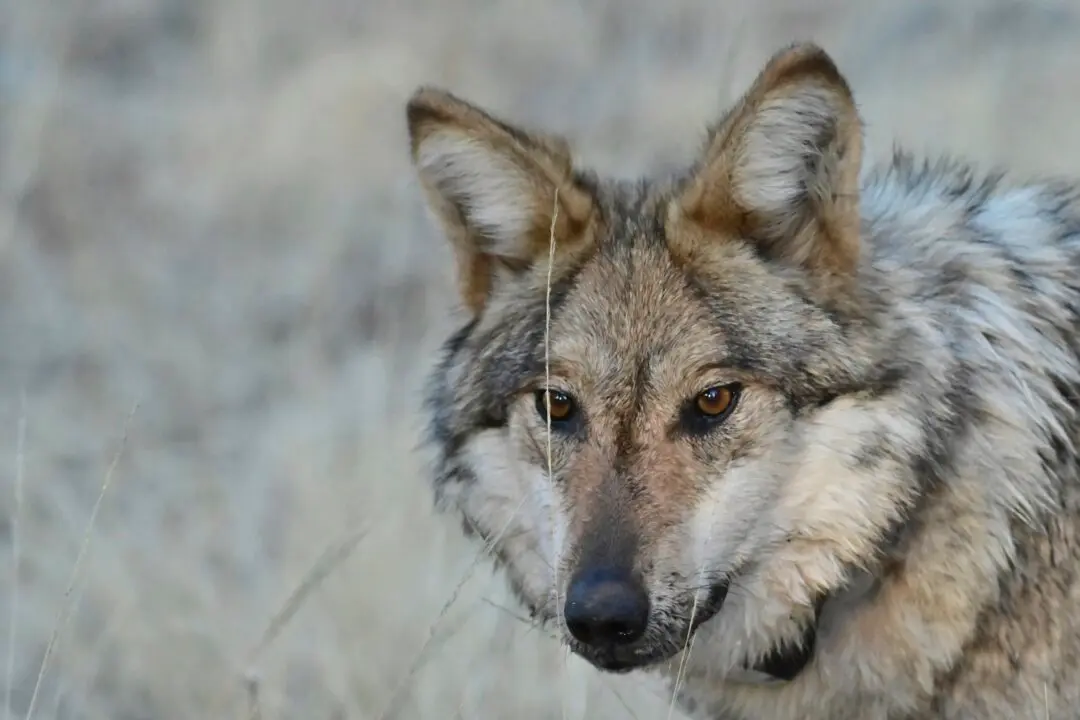A plan to reopen one of California’s largest gold mines hit a snag in December 2023 after Nevada County supervisors denied a petition by owners for the right to mine at the property.
The board of supervisors of the small northern California county, located on the border of Nevada, voted unanimously on Dec. 14, 2023, to deny a request by a company called Rise Grass Valley for “vested rights” at the Idaho-Maryland Mine.





